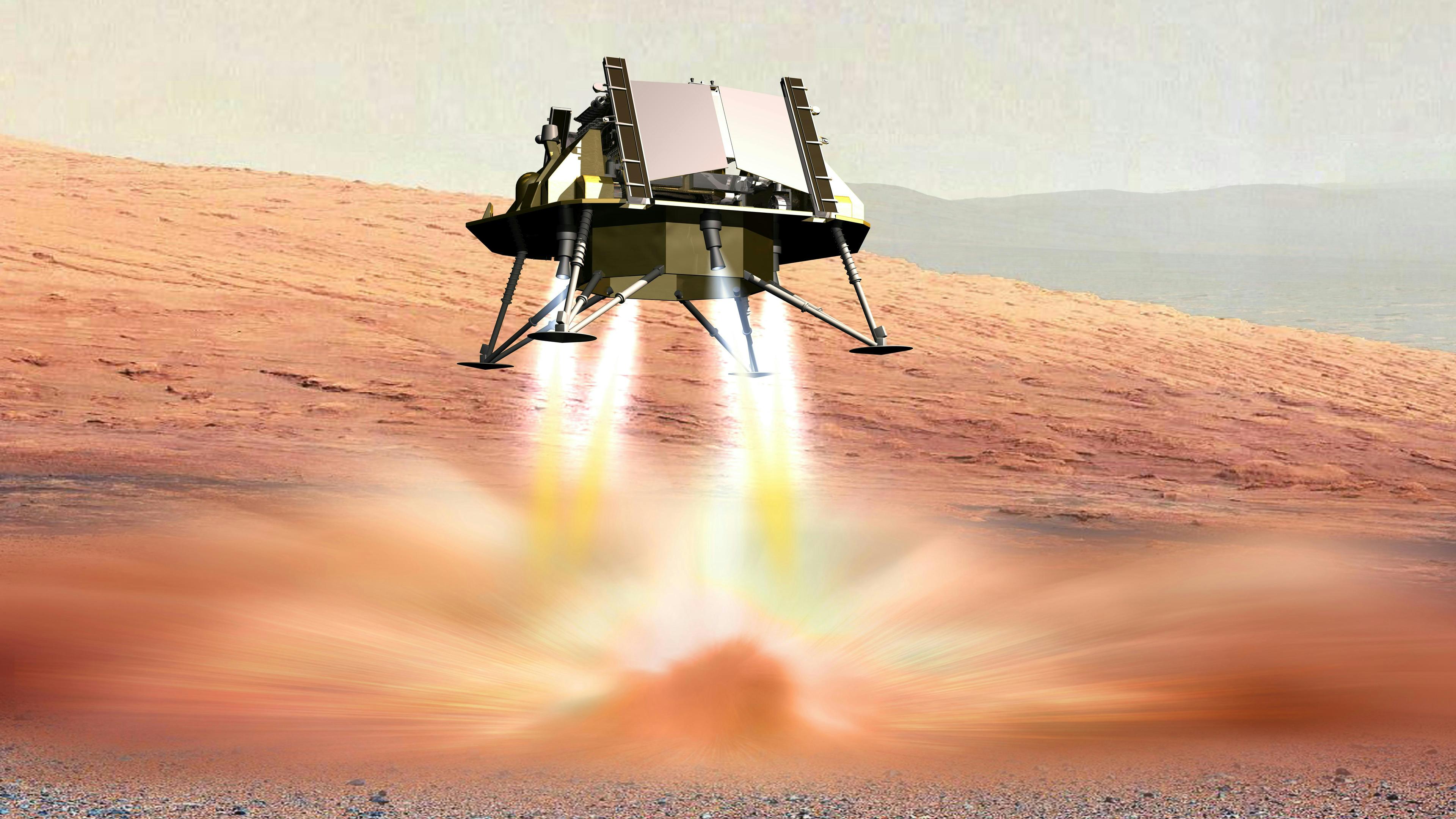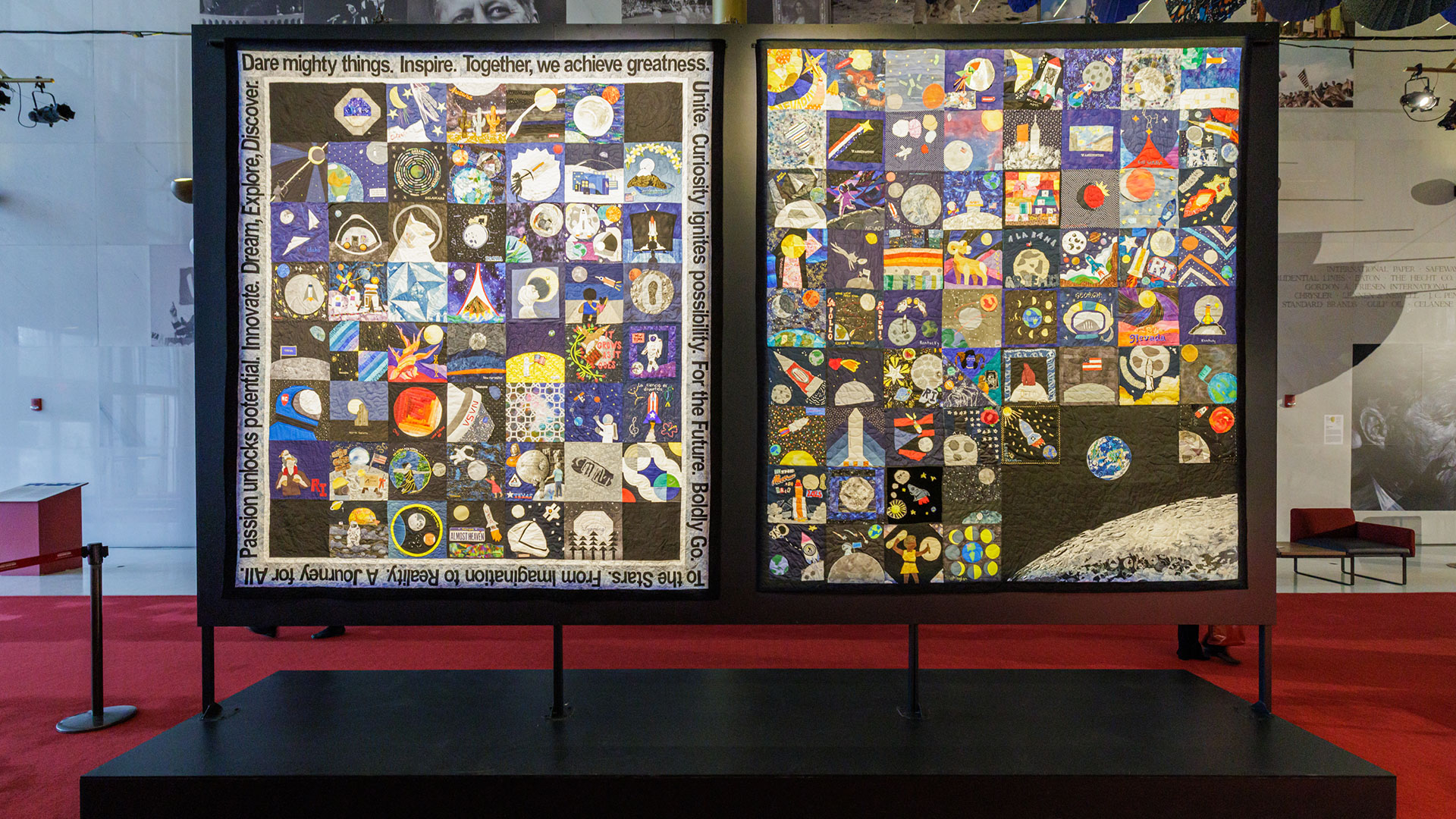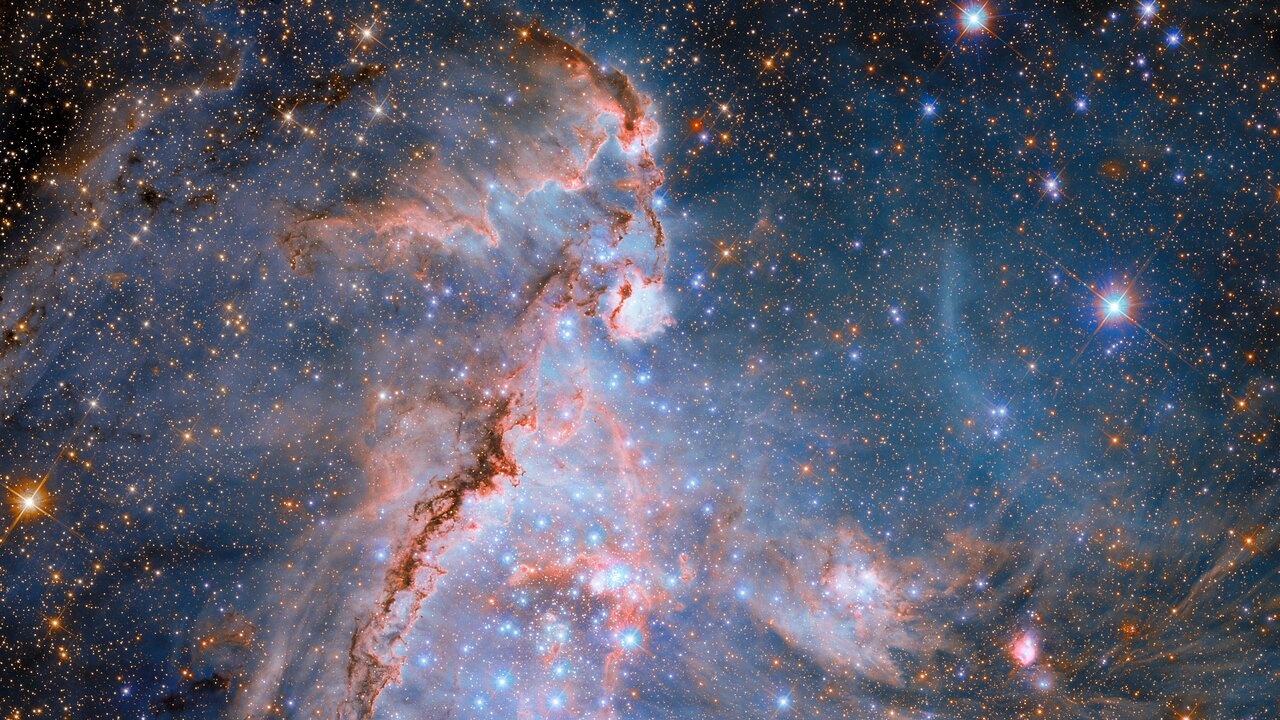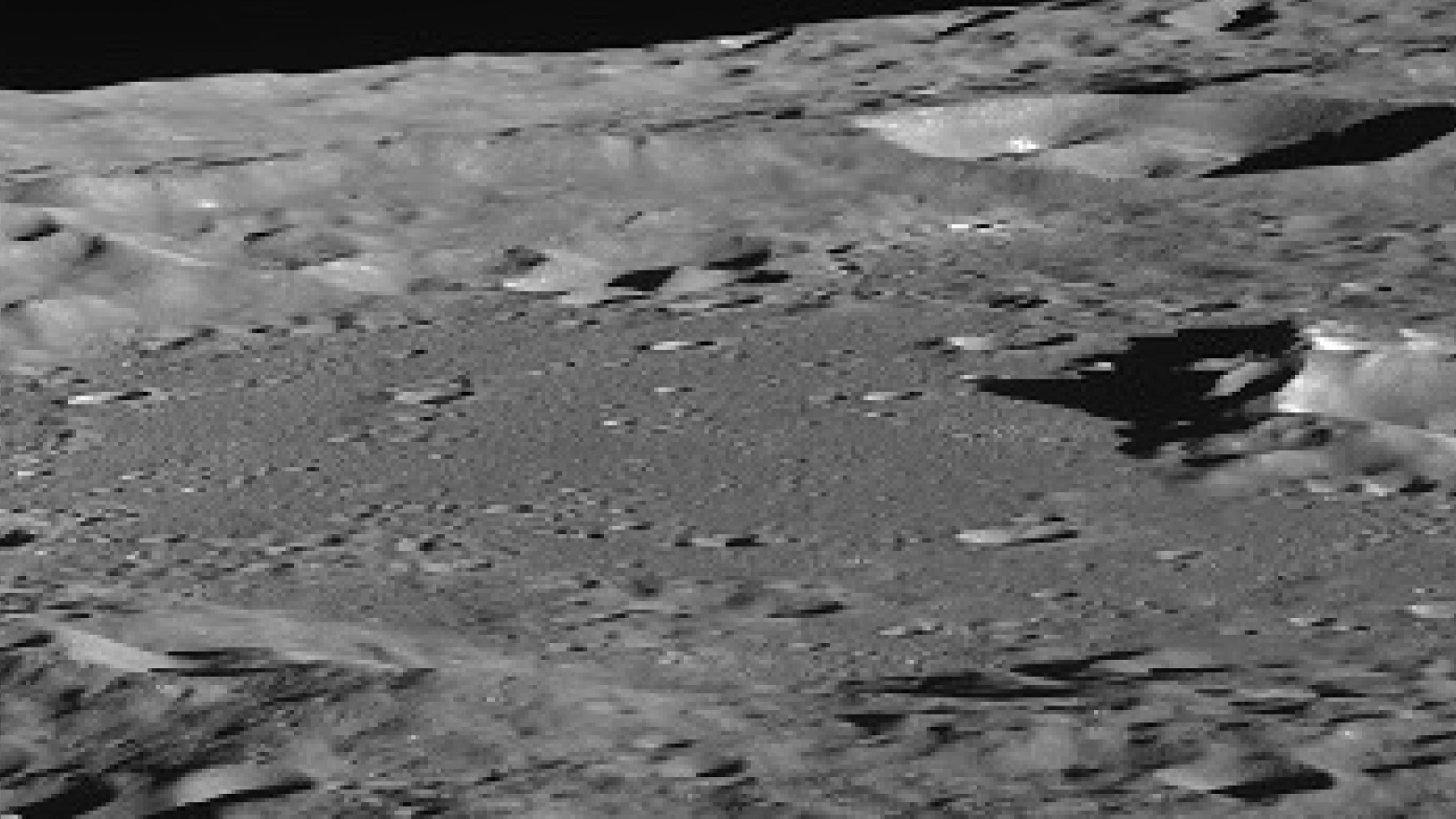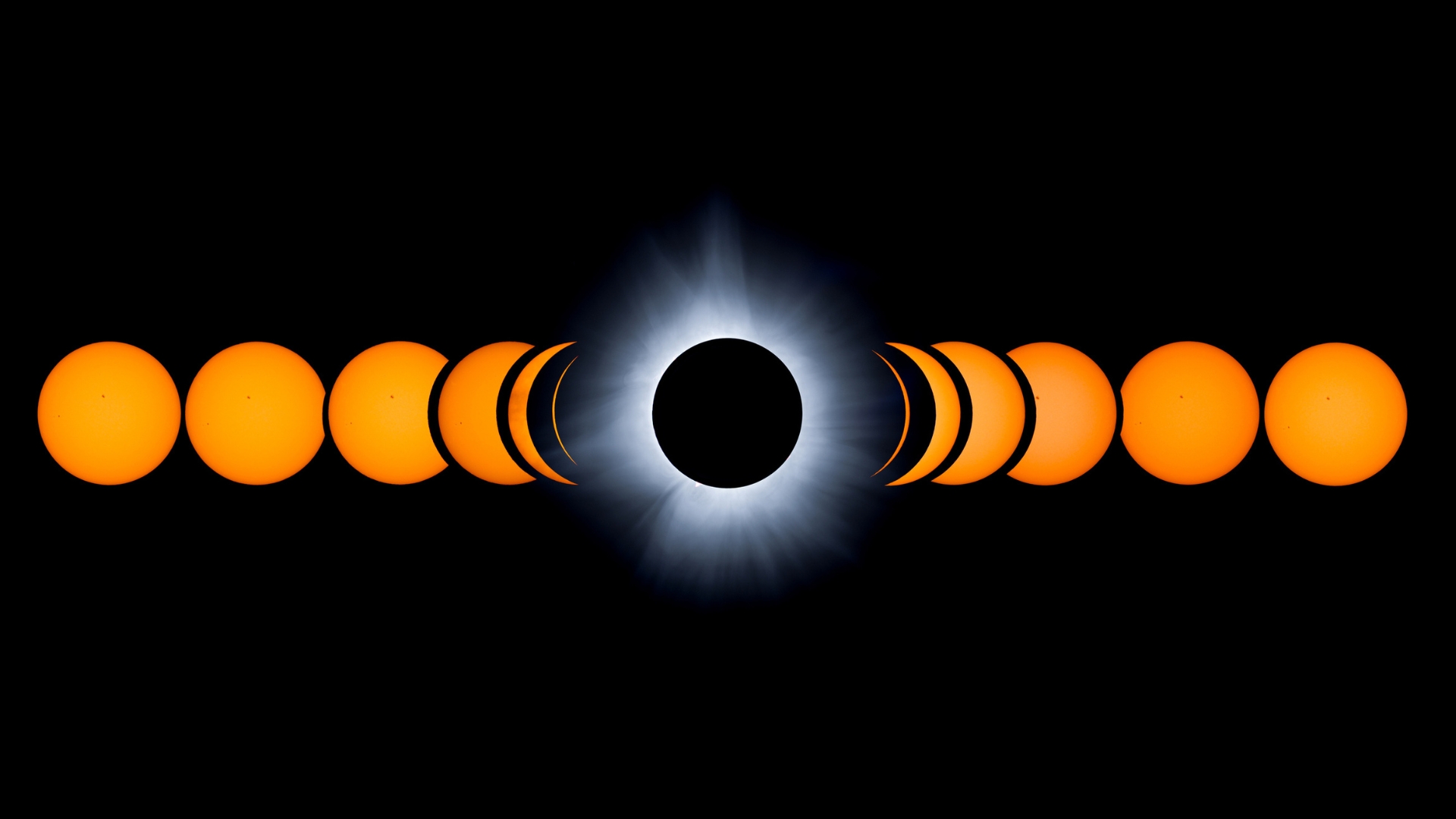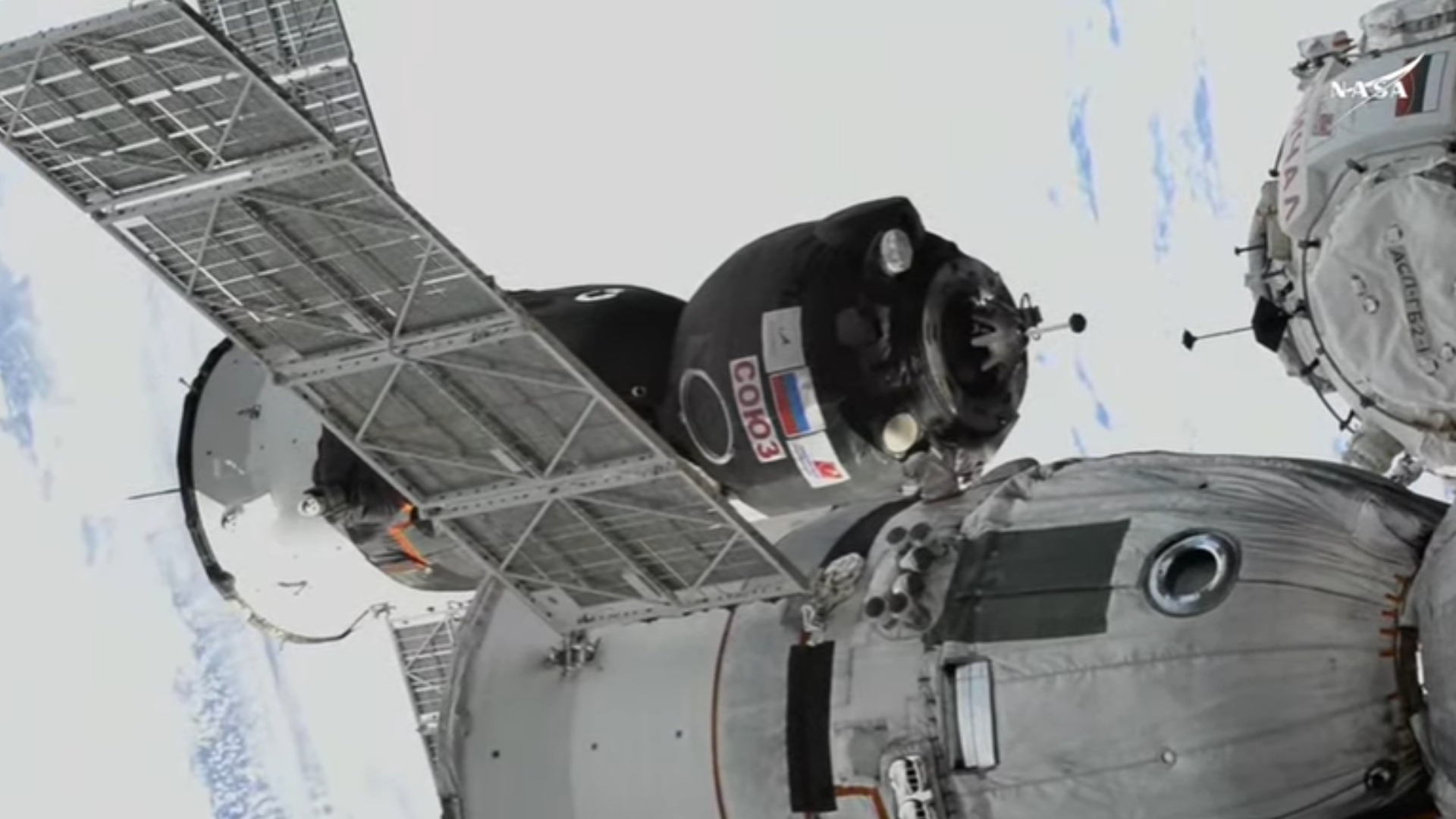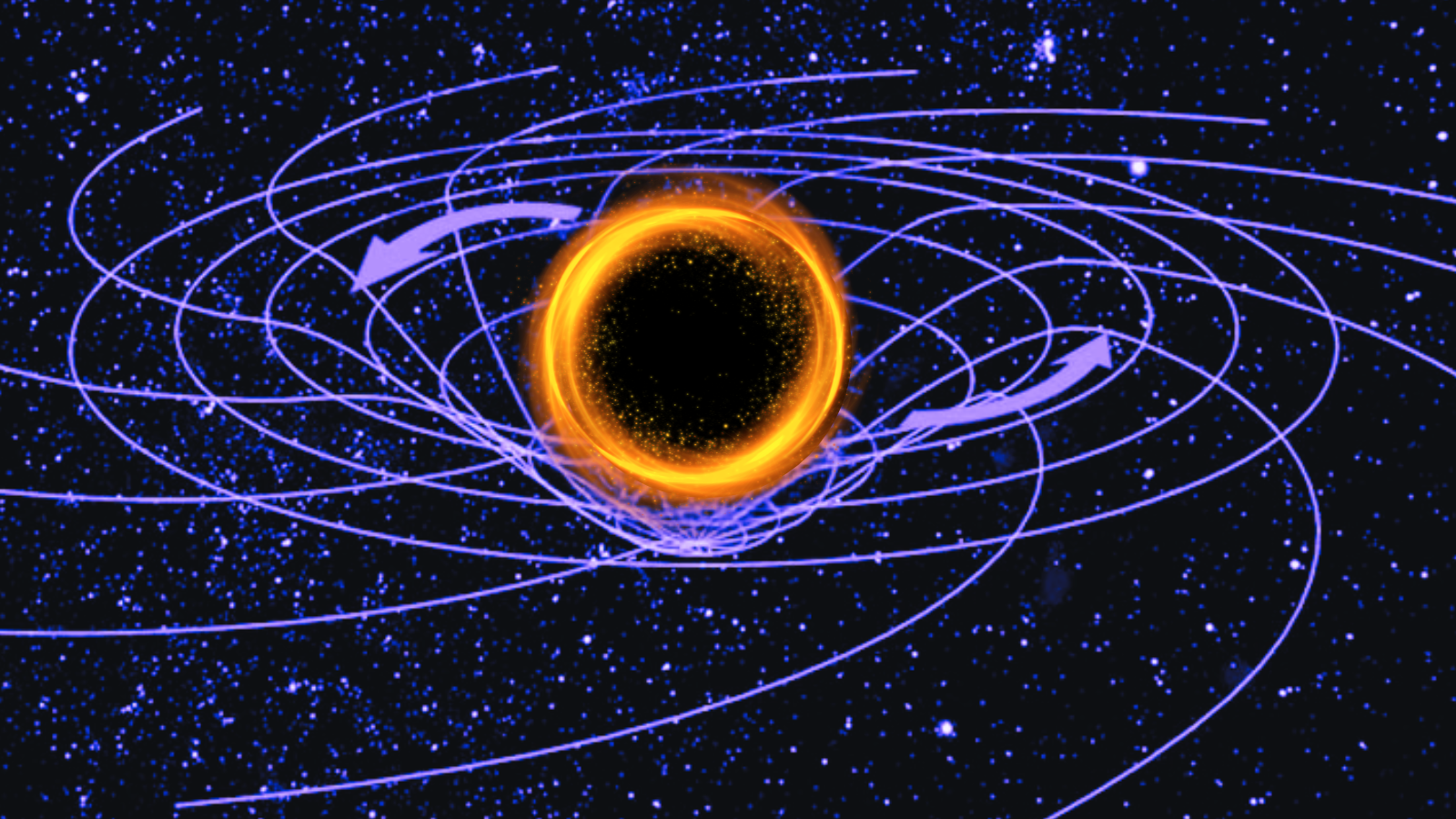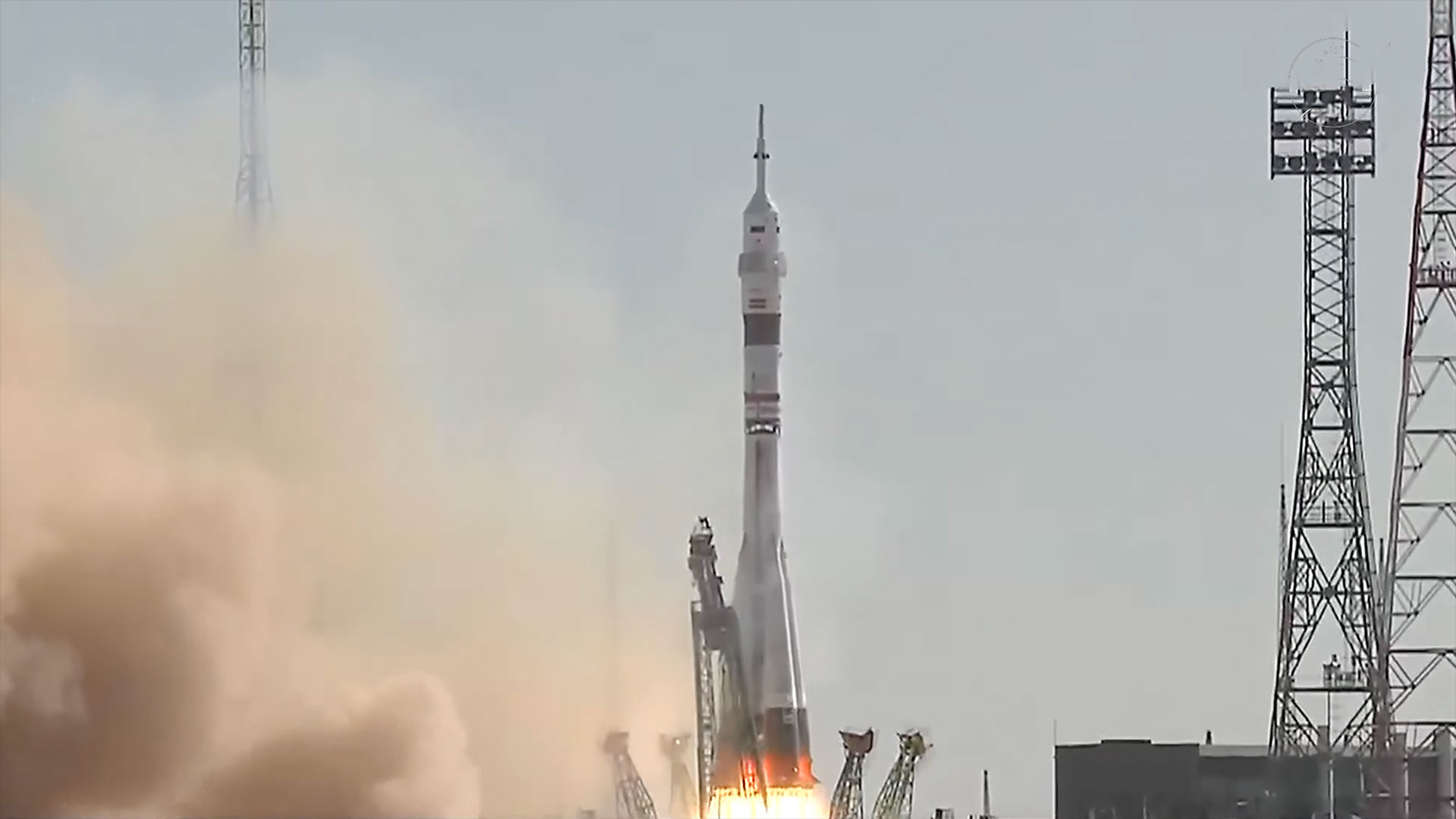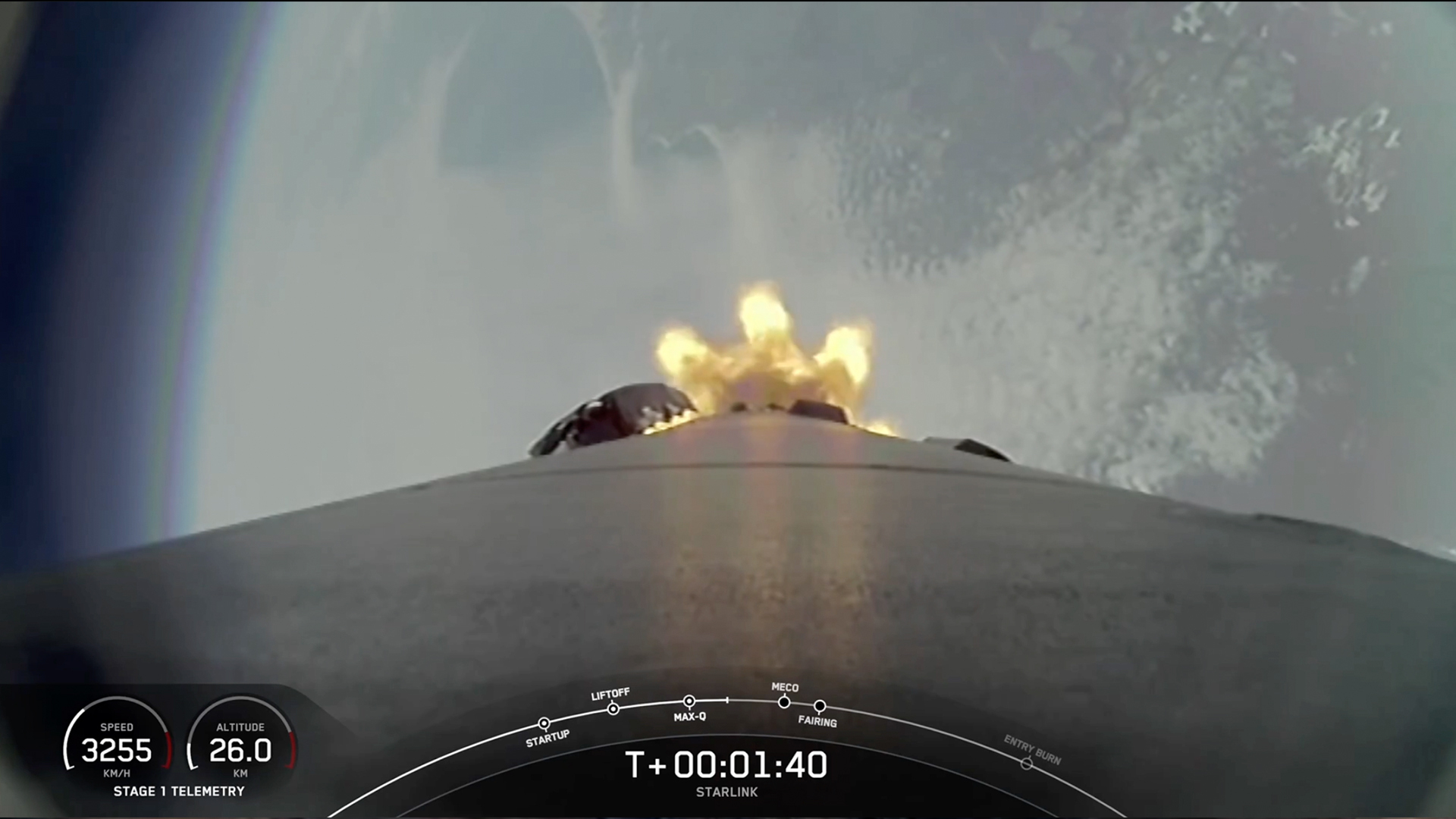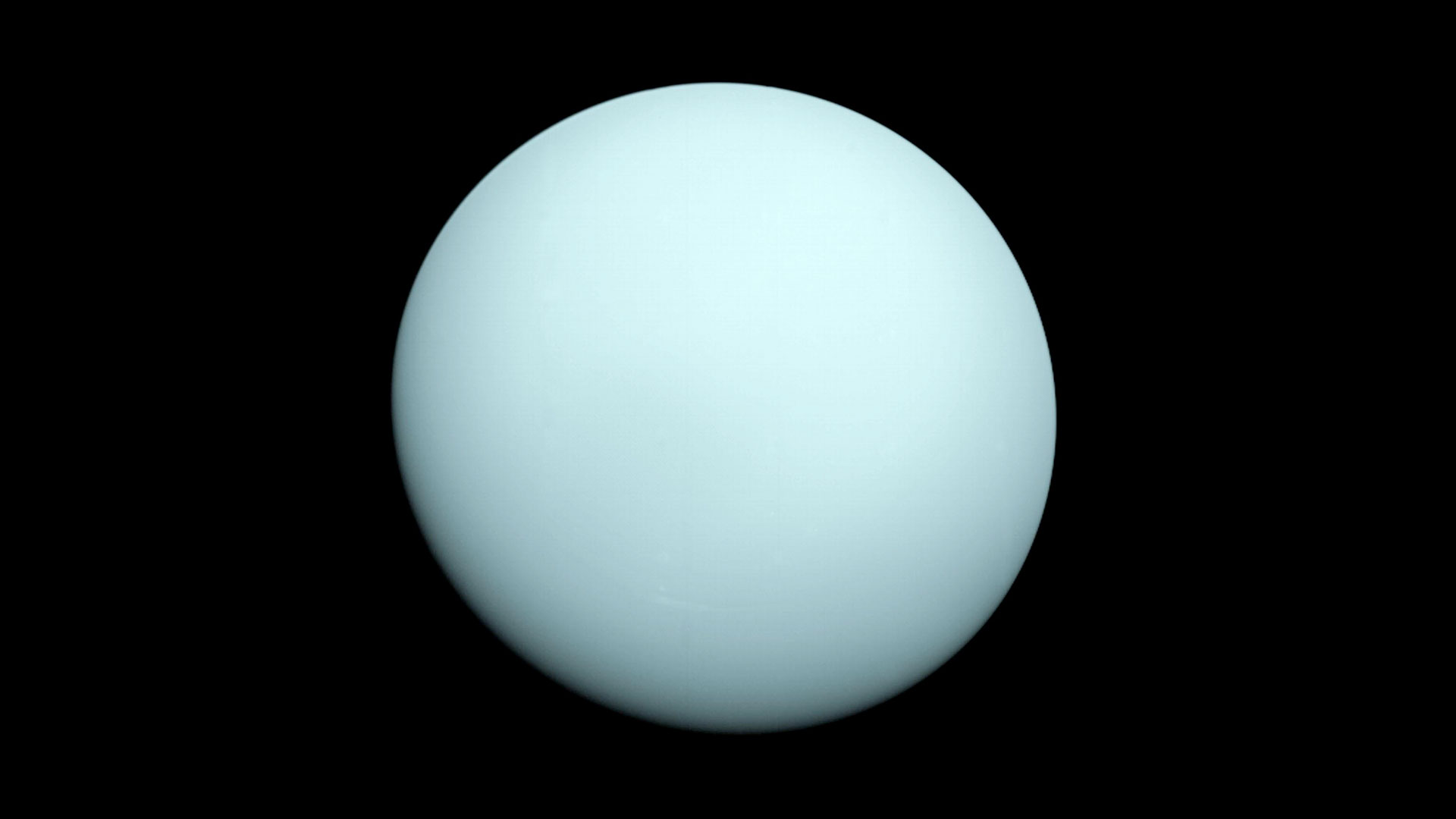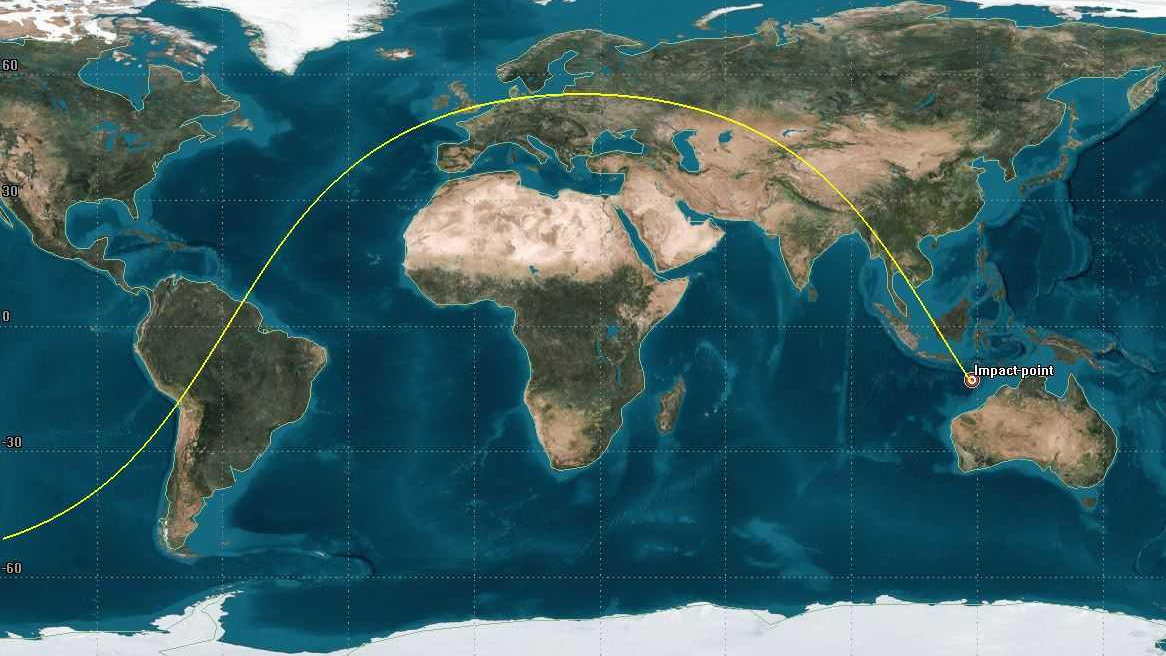New Partial Rings Discovered Around Saturn
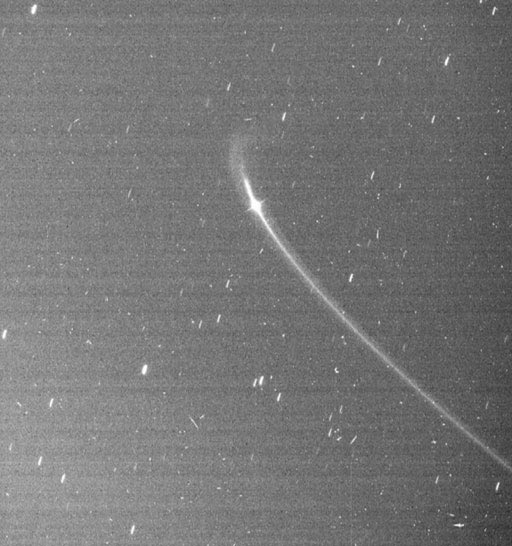
NASA's Cassini spacecraft has found two new, partial rings around Saturn that each accompany a small moon, shedding light on what determines whether a partial or complete ring forms with the moon.
The partial rings, called ring arcs, extend ahead of and behind the small Saturnian moons Anthe and Methone in their orbits.
Both Anthe and Methone orbit Saturn in locations called resonances, where the gravity of the nearby larger moon Mimas disturbs their orbits. Mimas provides a regular gravitational tug on each moon, which causes the moons to skip forward and backward within an arc-shaped region along their orbital paths, said Nick Cooper of Queen Mary, University of London an a member of the Cassini imaging team.
"When we realized that the Anthe and Methone ring arcs were very similar in appearance to the region in which the moons swing back and forth in their orbits due to their resonance with Mimas, we knew we had a possible cause-and-effect relationship," Cooper said.
Scientists believe that the faint ring arcs likely consist of material knocked off the small moons by micrometeoroid impacts. The material doesn't spread all the way around Saturn to form a complete ring because the interactions of the moons with Mimas confine the material to a narrow region along the moons' orbits.
The recent Cassini images were the first detection of arc material near Anthe. The images confirmed the presence of the Methone arc, which was previously detected by Cassini's Magnetospheric Imaging Instrument.
Previous Cassini images have also shown faint rings connected with other small moons within or near the outskirts of Saturn's main ring system, such as Pan, Janus, Epimetheus and Pallene. Cassini has also previously observed an arc in the G ring, one of Saturn's fain, major rings.
Get the Space.com Newsletter
Breaking space news, the latest updates on rocket launches, skywatching events and more!
"This is probably the same mechanism responsible for producing the arc in the G ring," said Matthew Hedman of Cornell University and another Cassiniimaging team member.
Hedman and his colleagues previously determined that the G-ring arc is also formed by gravitational resonance with Mimas.
"Indeed, the Anthe arc may be similar to the debris we see in the G-ring arc, where the largest particles are clearly visible," Hedman said. "One might even speculate that if Anthe were shattered, its debris might form a structure much like the G ring."
The material that orbits with Pallene, Janus and Epimetheus, however, isn't subject to the same powerful resonant forces and is free to spread out around the planet, forming a complete ring.
Join our Space Forums to keep talking space on the latest missions, night sky and more! And if you have a news tip, correction or comment, let us know at: community@space.com.

Andrea Thompson is an associate editor at Scientific American, where she covers sustainability, energy and the environment. Prior to that, she was a senior writer covering climate science at Climate Central and a reporter and editor at Live Science, where she primarily covered Earth science and the environment. She holds a graduate degree in science health and environmental reporting from New York University, as well as a bachelor of science and and masters of science in atmospheric chemistry from the Georgia Institute of Technology.
